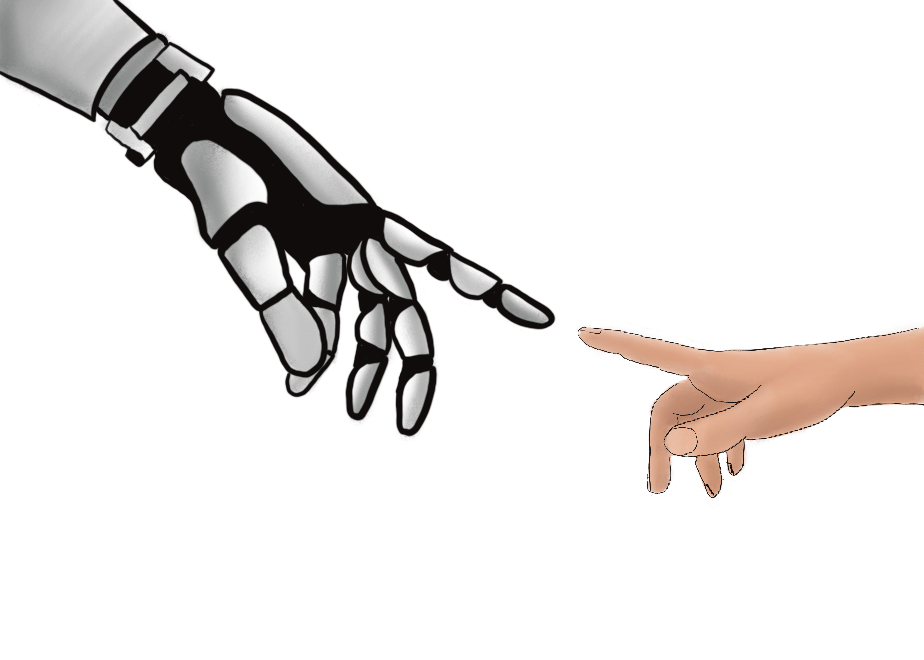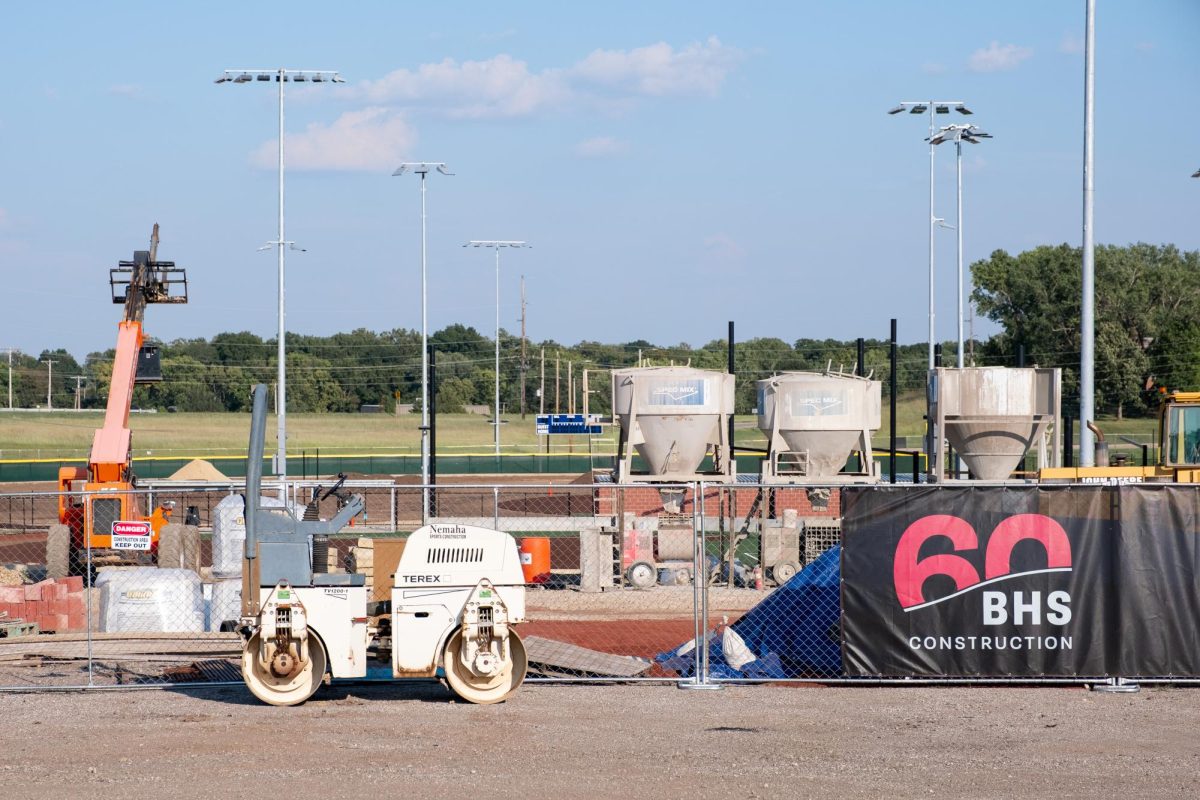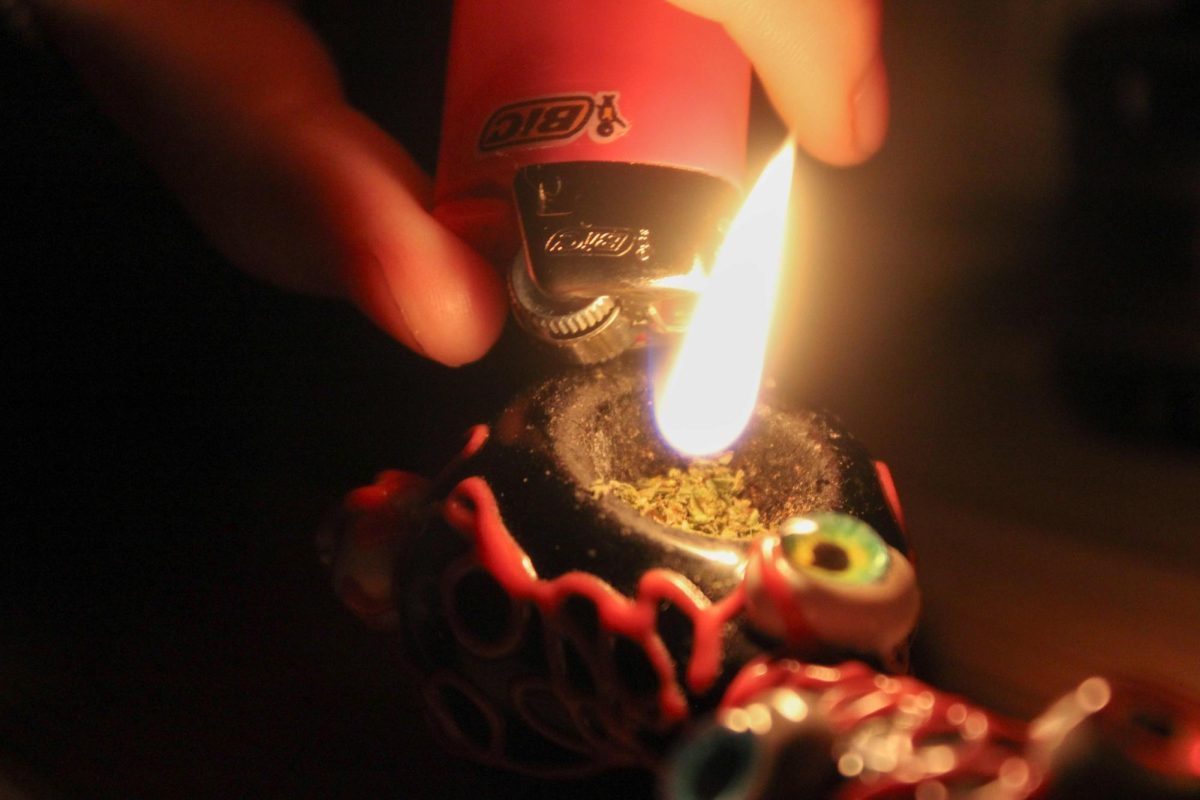Breathing support saves lives, but when machines push too much air into fragile newborn lungs, harm often follows. Overventilation leads to a drop in carbon dioxide levels, a condition called hypocarbia, which disrupts blood flow to the brain and places newborns at risk for long-term complications. Premature babies face this threat most often, especially during intensive care.
Parents often feel shocked when they discover the link between early breathing support and lasting damage. Some families seek justice after facing birth injuries from overventilation, which occurs when medical teams miss the signs or fail to adjust care. In this post, you’ll learn what causes overventilation, how hypocarbia affects newborns, and what signs every parent should watch for.
What Is Overventilation in Babies?
Overventilation happens when a baby receives more breaths or pressure than needed during respiratory support. This condition often arises in neonatal intensive care units where premature or distressed infants rely on machines to breathe. These devices deliver oxygen and remove carbon dioxide, but when improperly adjusted, they push too much air into the lungs.
Newborn lungs, especially in premature babies, respond poorly to aggressive airflow. Their tissues stretch beyond safe limits, leading to pressure-related damage. These infants need gentle support, not forceful ventilation.
How Hypocarbia Develops
Hypocarbia refers to low carbon dioxide levels in the blood. When machines over-ventilate a baby, they flush out carbon dioxide too quickly. The baby’s blood chemistry shifts, and essential organs, especially the brain, stop receiving adequate blood flow.
Carbon dioxide helps regulate blood vessel size. When levels fall too low, vessels in the brain constrict. This narrowing reduces oxygen delivery, risking injury to developing brain tissue. In critical growth stages, even brief changes in blood flow cause lasting effects.
In some cases, blood tests or monitoring detect this drop early. However, if unnoticed, the condition progresses and damages sensitive brain areas responsible for movement, coordination, and learning.
Who Faces the Greatest Risk?
Premature infants face the highest risk. Their lungs remain underdeveloped, and their breathing patterns often require mechanical support. Doctors work to strike a balance between oxygen delivery and carbon dioxide removal, but that balance shifts easily.
Low birth weight also raises the risk. Smaller infants tolerate less pressure, and small adjustments sometimes produce large changes in carbon dioxide levels. Babies with underdeveloped brains or bleeding tendencies face even greater threats from shifts in blood gases.
Newborns requiring resuscitation or emergency ventilation after birth face similar risks. In these moments, teams often act quickly under pressure. When care providers set ventilators too high, even for a short time, the consequences may appear days or weeks later.
Long-Term Effects Linked to Hypocarbia
Damage from overventilation and hypocarbia often targets the brain’s white matter. This region controls communication between brain areas and supports movement. Injuries here sometimes lead to cerebral palsy, developmental delays, and learning difficulties.
Some infants experience hearing or vision problems, seizures, or problems with attention and behavior. These outcomes often depend on how long the brain received reduced blood flow and how quickly doctors corrected the imbalance. In some cases, the damage remains invisible until the child reaches preschool or early school years, when delays in speech or motor skills appear.
Conclusion
Overventilation and hypocarbia remain serious threats in neonatal care, especially for premature and low-birth-weight infants. Every breath delivered to a newborn carries impact, and each decision in respiratory support leaves a mark. Parents who understand these risks stay better informed and more prepared to ask critical questions about their child’s care. Early awareness leads to better outcomes and stronger futures.

























































































































